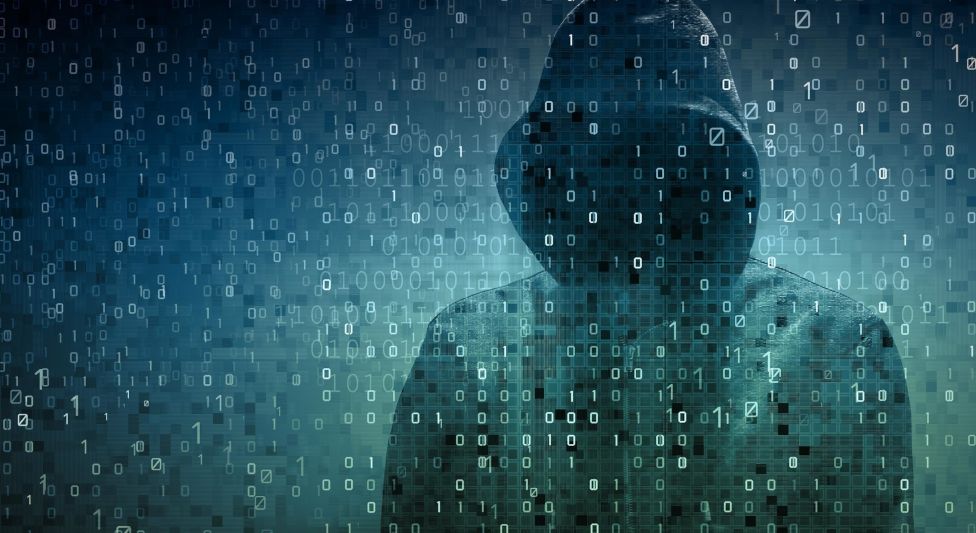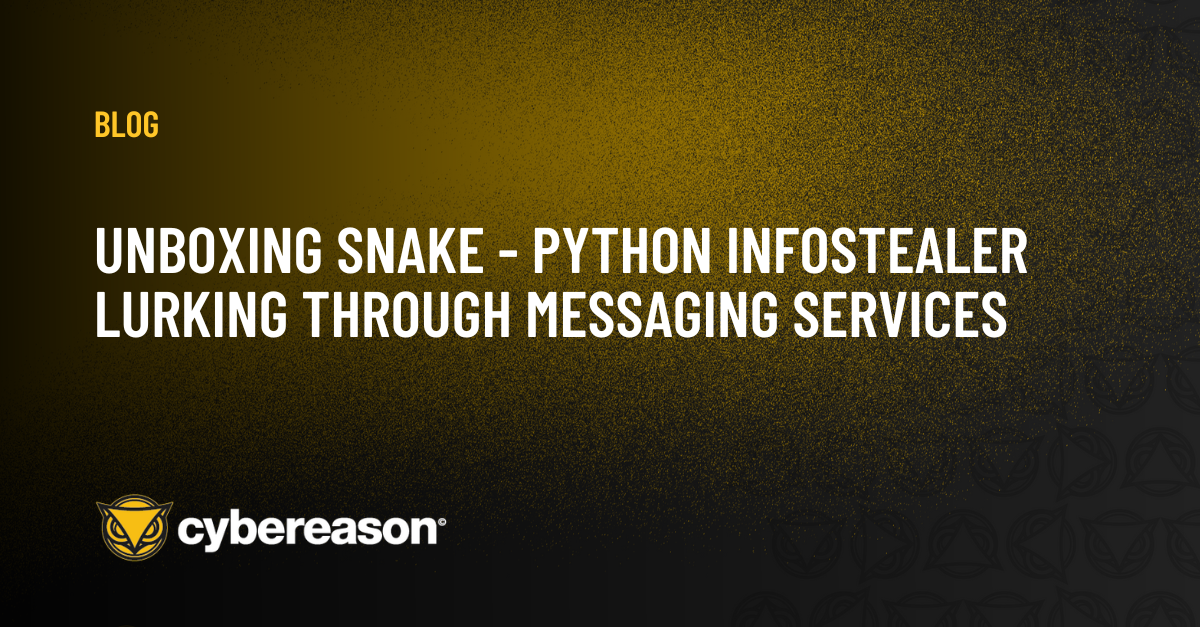Andy Ful
From Hard_Configurator Tools
Thread author
Verified
Honorary Member
Top Poster
Developer
Well-known
- Dec 23, 2014
- 8,908
App Install Control - Easy Application Control on Windows
Post updated/corrected 21.06.2024
On Windows 11, App Install Control works when SAC is in Evaluate Mode or OFF.
Default list of blocked file types (Windows 11):
.ade, .adp, .app, .appref-ms, .asp, .bas, .bat, .cer, .chm, .cmd, .cnt, .com, .cpl, .crt, .csh, .der, .exe, .fxp, .gadget, .grp, .hlp, .hpj, .hta, .img, .inf, .ins, .iso, .isp, .its, .js, .jse, .ksh, .lnk, .mad, .maf, .mag, .mam, .maq, .mar, .mas, .mat, .mau, .mav, .maw, .mcf, .mda, .mdb, .mde, .mdt, .mdw, .mdz, .msc, .msh, .msh1, .msh1xml, .msh2, .msh2xml, .mshxml, .msi, .msp, .mst, .msu, .ops, .pcd, .pif, .pl, .plg, .prf, .prg, .printerexport, .ps1, .ps1xml, .ps2, .ps2xml, .psc1, .psc2, .psd1, .psm1, .pst, .reg, .scf, .scr, .sct, .shb, .shs, .slk, .theme, .tmp, .vb, .vbp, .vbs, .vhd, .vhdx, .vsmacros, .vsw, .webpnp, .website, .ws, .wsc, .wsf, .wsh, .xnk
Those files are probably related to the IE Unsafe File List:
https://learn.microsoft.com/en-us/t...rivacy/information-about-the-unsafe-file-list
It is possible to extend the Block List to include other filetypes by editing the Registry key:
Computer\HKEY_LOCAL_MACHINE\SOFTWARE\Policies\Microsoft\Windows\safer\CodeIdentifiers
Details can be found in the post:
https://malwaretips.com/threads/easy-application-control-on-windows.130803/post-1085791
It would be recommended to add:
.accda, .accdu, .cab, .csv, .diagcab, .dqy, .ecf, .elf, .fon, .ime, .iqy, .jar, .mdf, .mdn, .oqy, .pa, .ppa, .ppam, .rqy, .rtf, .settingcontent-ms, .wll, .wwl, .xla, .xll, .xlm

How to tweak it.

How to unblock the file.

Easy Application Control can cover almost all initial attack vectors at home if one uses Microsoft Defender + ConfigureDefender, Windows built-in applications (archiver, email-client, etc.), and MS Office. See also:
https://malwaretips.com/threads/easy-application-control-on-windows.130803/post-1085906
Post updated/corrected 21.06.2024
On Windows 11, App Install Control works when SAC is in Evaluate Mode or OFF.
- Can be easily applied in a few seconds (on Windows 11 the Smart App Control must be set to OFF).
- Blocks files originating from the Internet Zone (files downloaded from the Internet - files with MotW).
Default Block List includes over 100 file types (executables, scripts, scriptlets, shortcuts, etc.). - Allows popular documents, media files, and other files usually downloaded by home users (except application installers).
- Does not affect already installed applications and software auto-updates.
- Cannot break anything (installed software, Windows Updates, etc.).
- No whitelisting, but the blocked file can be easily unblocked from the right-click Explorer context menu.
- Allows application installations from Microsoft Store and gaming platforms (Steam, Epic Games, etc.).
- Does not protect from malware distributed via removable drives shared with other people.
Default list of blocked file types (Windows 11):
.ade, .adp, .app, .appref-ms, .asp, .bas, .bat, .cer, .chm, .cmd, .cnt, .com, .cpl, .crt, .csh, .der, .exe, .fxp, .gadget, .grp, .hlp, .hpj, .hta, .img, .inf, .ins, .iso, .isp, .its, .js, .jse, .ksh, .lnk, .mad, .maf, .mag, .mam, .maq, .mar, .mas, .mat, .mau, .mav, .maw, .mcf, .mda, .mdb, .mde, .mdt, .mdw, .mdz, .msc, .msh, .msh1, .msh1xml, .msh2, .msh2xml, .mshxml, .msi, .msp, .mst, .msu, .ops, .pcd, .pif, .pl, .plg, .prf, .prg, .printerexport, .ps1, .ps1xml, .ps2, .ps2xml, .psc1, .psc2, .psd1, .psm1, .pst, .reg, .scf, .scr, .sct, .shb, .shs, .slk, .theme, .tmp, .vb, .vbp, .vbs, .vhd, .vhdx, .vsmacros, .vsw, .webpnp, .website, .ws, .wsc, .wsf, .wsh, .xnk
Those files are probably related to the IE Unsafe File List:
https://learn.microsoft.com/en-us/t...rivacy/information-about-the-unsafe-file-list
It is possible to extend the Block List to include other filetypes by editing the Registry key:
Computer\HKEY_LOCAL_MACHINE\SOFTWARE\Policies\Microsoft\Windows\safer\CodeIdentifiers
Details can be found in the post:
https://malwaretips.com/threads/easy-application-control-on-windows.130803/post-1085791
It would be recommended to add:
.accda, .accdu, .cab, .csv, .diagcab, .dqy, .ecf, .elf, .fon, .ime, .iqy, .jar, .mdf, .mdn, .oqy, .pa, .ppa, .ppam, .rqy, .rtf, .settingcontent-ms, .wll, .wwl, .xla, .xll, .xlm
How to tweak it.
How to unblock the file.
Easy Application Control can cover almost all initial attack vectors at home if one uses Microsoft Defender + ConfigureDefender, Windows built-in applications (archiver, email-client, etc.), and MS Office. See also:
https://malwaretips.com/threads/easy-application-control-on-windows.130803/post-1085906
Last edited:







